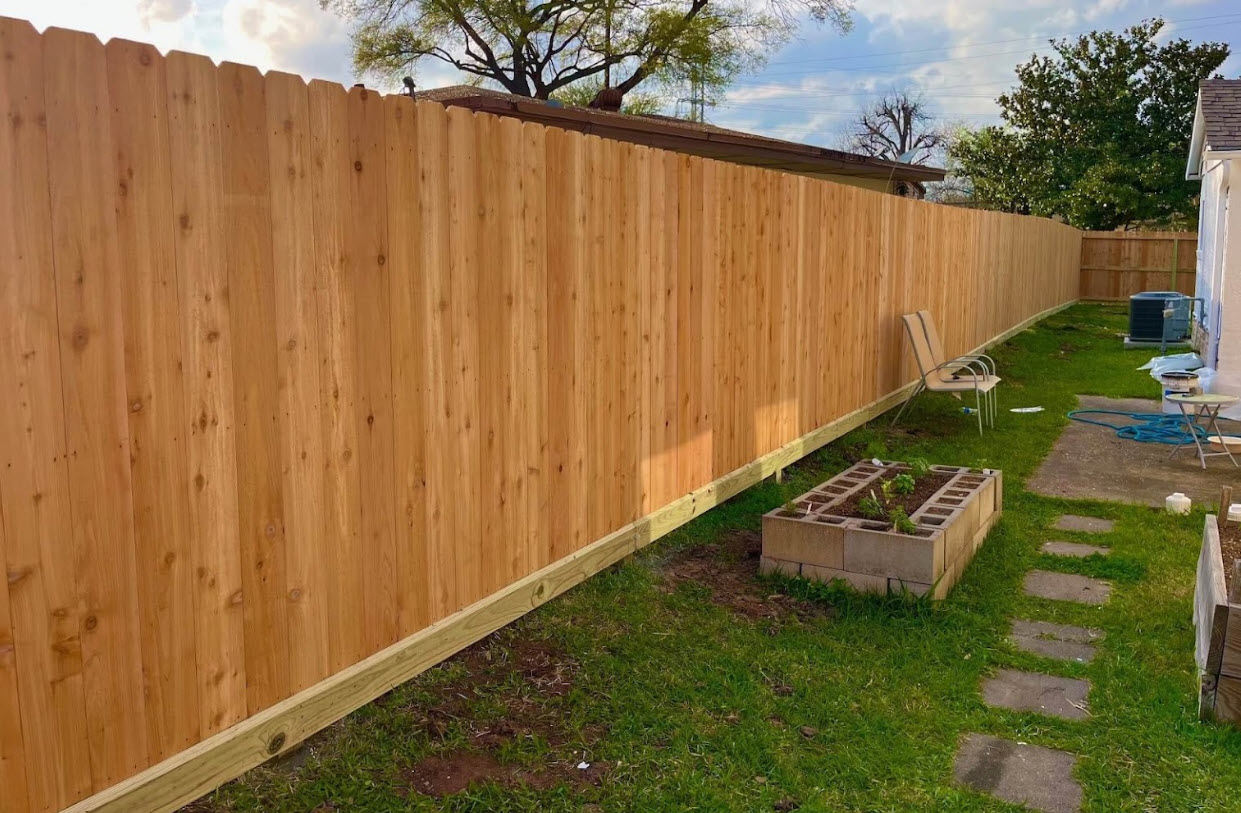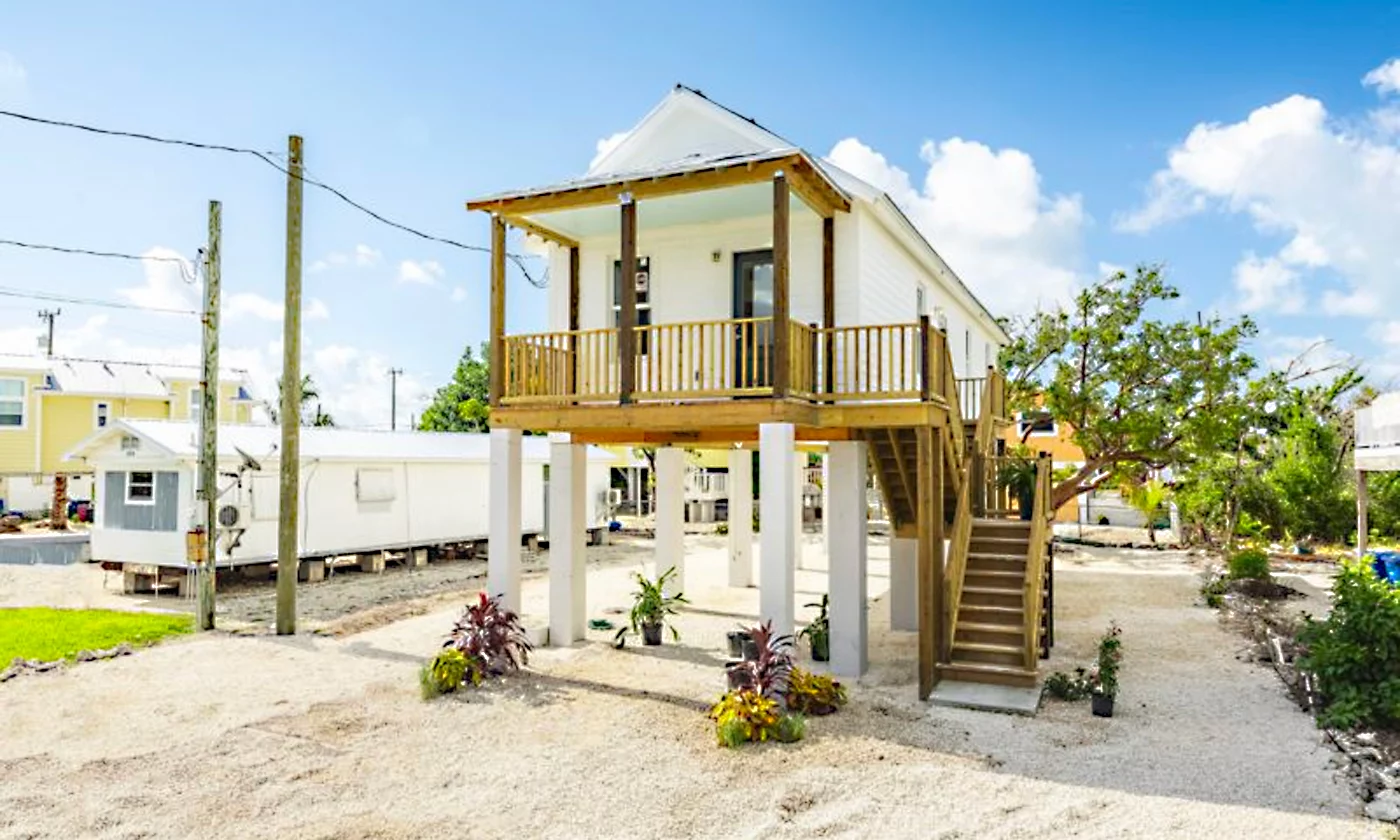How to Design a Home That Fits Your Life


With a half century of experience under her belt—including training at the iconic design firm Parish-Hadley—multiple beloved design books, a furniture line, and projects in every major magazine, it would be safe to say Bunny Williams has mastered her craft. But the designer is always still learning. That’s because for Williams, design is personal.
Every project she completes begins with a serious getting-to-know-you stage, in which the celebrated designer endeavors to learn all she can about how a client lives, eats, entertains, and relaxes at home. “I say, ‘Tell me about your life. Tell me about your day. Tell me about your family,’” she tells House Beautiful. “‘Tell me, how do you see yourself living in this house?’” Because, after all, “how I live and how they live may be very different,” she points out.
This attitude underscores the ethos of Williams’s design belief—and the concept that has made her such a celebrated talent: Rooms should relate to how you live. Williams’s interiors are beautiful, yes. But they are always, always comfortable, functional, and in service to the lives lived in them. Below, the designer shares some of her best advice for achieving this:
1. Know your purpose
“Good design should fit its location, fit its clients, and be respectful of a house and its history,” Williams says. Abiding by this principle means that every home Williams designs will be unique—perfectly suited to its inhabitants and its setting.
This also means that design is constantly adapting: “In the 18th century, people lived very differently,” Williams points out. “The furniture was put around the edge of the room and servants came and made games tables and arranged seats.”
Since it’s fair to say most of us aren’t living that life now, a home’s design should make it as easy as possible to live the life you are living. “I love for rooms to have tables that guests can pull up on their own, or a bar built in, so the host doesn’t have to be running back and forth,” Williams says. “It’s all about ease.”
2. Go for multifunctionality
But of course, we don’t always live the same way in our homes. So multifunctionality is key: You should always have enough seating for as many people as you’ll have in a space, but arranged in a way that works just as well for 16 as it does for one. “In my living room here [at her Connecticut home], I have a sofa, I have a big comfortable chair, another small chair, two side chairs pulled in, and a pair of benches. So eight people can sit there very comfortably, but I can go in there alone and read for a couple of hours too,” Williams reveals.
3. Create intimacy, no matter the size
The thought of entertaining for 16 might conjure notions of grandeur, but what makes Williams’s designs so appealing is that—despite how large the home she’s decorating—they never feel intimidating. “You want your seating groups to be intimate,” says Williams. In her homes, Williams is known to break up large spaces into multiple seating groups, then add coziness with soft textures and relaxed materials.
4. Don’t get stuck on matching
“My living room has a wing chair and an upholstered chair and a pair of chairs and nothing matches, really,” Williams confesses. “And I think a room works better that way.” For one, she says, it goes back to the multifunctionality. (“It gives you a little bit more flexibility than when you just have a room full of big, heavy furniture.”) But it also creates a more layered, lived-in feel, something Williams is known for creating.
5. Bring in personal touches
Another way to add a lived-in feel? A touch—or, ideally, many touches—of the personal. Whether it’s photos of your kids or a “big stack of books” piled up on a chair, Williams sees such accents as the final touches of a design, and ones without which no house is truly a home. “The houses that have the most feeling go beyond the decorator,” says Williams. “If, after the decorator leaves, nothing is moved, nothing is changed, then that room feels sterile.”
6. Let it change with time
If there’s one thing to be learned from the designer, it’s that houses are for living, and the best ones will wear with age and become more beloved. “They get a little patina—they get more cozy” is how Williams phrases it. “I always say houses are like a pair of shoes,” she adds. “They’re very beautiful, but you have to break them in. A room that is used and loved and occupied shows it.”
Follow House Beautiful on Instagram.
You Might Also Like







